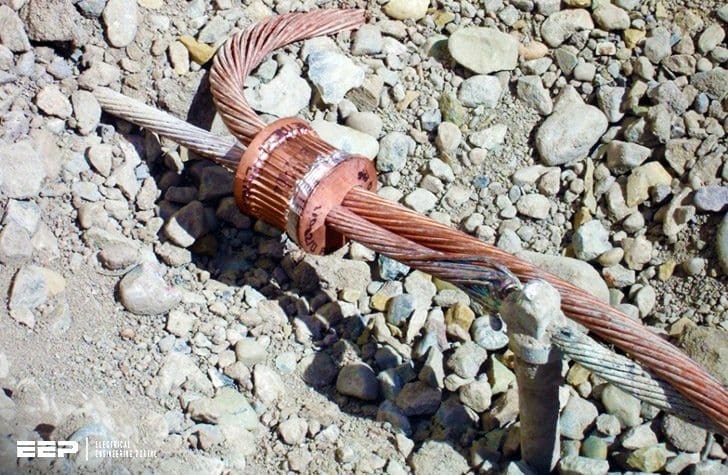uksparks
-
Hi,
As I mentioned last night, I was going to be putting the earth rods in for this summer house this morning.
I put 8 rods in, this was one stack of two, and two stacks of three rods.
The readings from the two that were 3 rods deep were around 10 Ohms per location, and the two rod stack was approx 17 Ohms.
I tested the first rod at approx 10 Ohms, then connected the second rod to the first which was 17 Ohms which them reduced the total down to approx 6 Ohms, then connected the third rod which was 3 deep and that bought it down to 3.2 Ohms.
So the Ra that I achieved today was a respectable 3.2 Ohms
All rods were connected together with 16mm earth.
I am going to go back next week and bang in another couple of piles of two rods so another four in total because I want to get that sub 1 Ohm reading.
Anyway, what do you think, 3.2 is not bad is it!!
Reading from first rod: 10.6 Ohms (3x 4ft 5/8" Rods)

Reading from second rod: 17.2 Ohms (2x 4ft 5/8" Rods)

Reading from third rod: 9.6 Ohms (3x 4ft 5/8" Rods)

Reading from first and second rod combined: 6.3 Ohms

Reading from all three rods connected together: 3.2 Ohms

As I mentioned last night, I was going to be putting the earth rods in for this summer house this morning.
I put 8 rods in, this was one stack of two, and two stacks of three rods.
The readings from the two that were 3 rods deep were around 10 Ohms per location, and the two rod stack was approx 17 Ohms.
I tested the first rod at approx 10 Ohms, then connected the second rod to the first which was 17 Ohms which them reduced the total down to approx 6 Ohms, then connected the third rod which was 3 deep and that bought it down to 3.2 Ohms.
So the Ra that I achieved today was a respectable 3.2 Ohms
All rods were connected together with 16mm earth.
I am going to go back next week and bang in another couple of piles of two rods so another four in total because I want to get that sub 1 Ohm reading.
Anyway, what do you think, 3.2 is not bad is it!!
Reading from first rod: 10.6 Ohms (3x 4ft 5/8" Rods)

Reading from second rod: 17.2 Ohms (2x 4ft 5/8" Rods)

Reading from third rod: 9.6 Ohms (3x 4ft 5/8" Rods)

Reading from first and second rod combined: 6.3 Ohms

Reading from all three rods connected together: 3.2 Ohms


 much easier
much easier 












